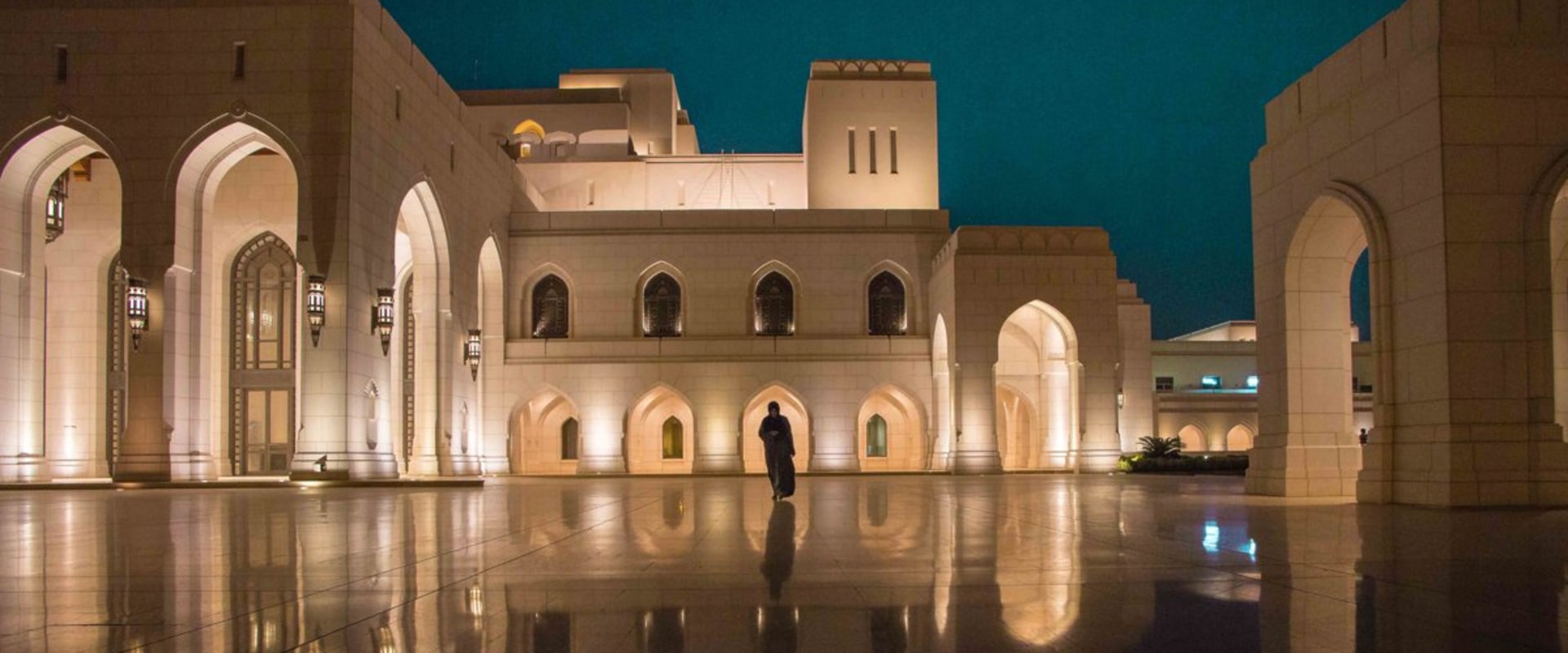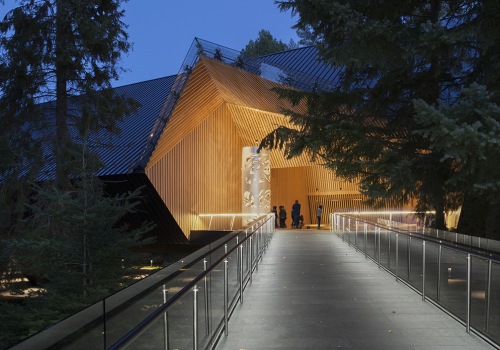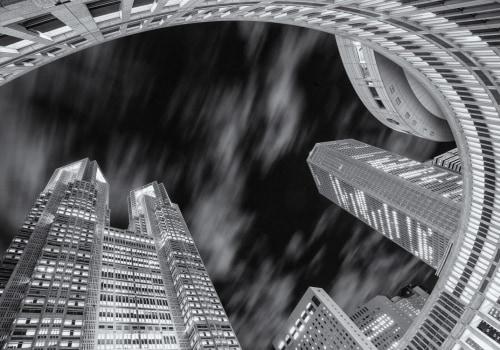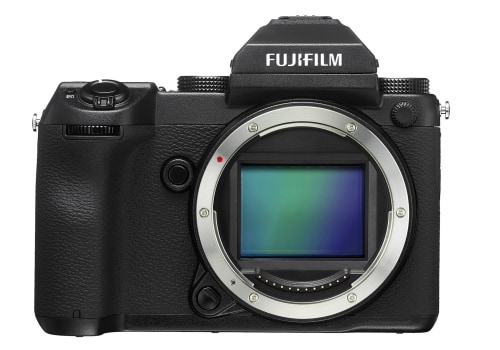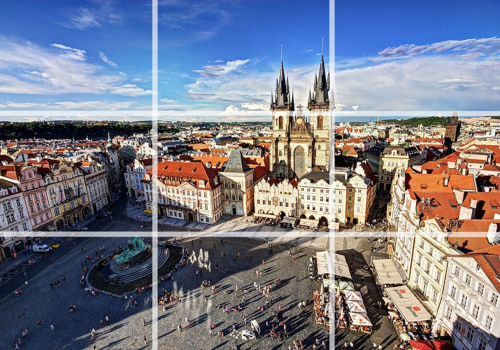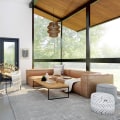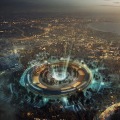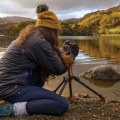Interior architectural photography is an art form in and of itself. It requires an eye for composition, a mastery of light, and an understanding of how to bring the finished product to life. In this article, we'll explore the various composition techniques used by professional interior architectural photographers, including balancing elements, creating depth, and playing with perspective. We'll also discuss how these techniques can be used to bring out the best in your interior architectural photography.
By understanding and utilizing these composition techniques, you can create stunning images that truly capture the essence of your subject. Interior architectural photography requires a high level of skill and mastery of composition techniques to capture stunning photos. The key to successful photos lies in the lighting, angle, framing, composition, and post-processing. This guide will walk you through the best techniques for each of these elements to help you create beautiful interior architectural photos.
Choosing the Right Lighting:
Lighting is an essential element in any photograph, and it is especially important when it comes to interior architectural photography. It can make or break a shot.To ensure your photos have the best possible lighting, look for natural light or use artificial lighting to create shadows and texture. Experiment with different angles and intensities of light to see what works best for the space you are shooting.
Finding the Perfect Angle:
Finding the right angle is essential for capturing interesting and unique shots. Consider the existing lines and patterns in the space and try to use them as part of your composition. Also, think about the perspective you want to achieve – do you want to go for a wide-angle shot or a more intimate portrait?Framing with Composition: Composition is another important element when it comes to interior architectural photography.When framing your shot, consider the existing lines and patterns in the room and use them to your advantage. Think about how you can use leading lines, symmetry, and other composition techniques to create an interesting frame. Also, consider the foreground and background elements and think about how they will add depth to your image.
Editing Your Photos:
Post-processing your photos is also an important step in creating beautiful interior architectural images. Editing can help you bring out the details in your image and make it look more polished.Experiment with different editing techniques such as color correction, cropping, sharpening, etc. to create the effect you are looking for.
Tips for Shooting in Different Spaces:
Interior architectural photography can be challenging in different types of spaces such as tight rooms or large spaces. Adjust your technique accordingly – for example, if you are shooting in a small room, try using a wider angle lens to capture more of the space. For larger spaces, use a longer lens to isolate specific elements.Remember to also pay attention to lighting and composition when shooting in different spaces.
Tips for Shooting in Different Spaces
Tight RoomsWhen shooting in a tight room, the most important thing to remember is that you may have to get creative with your camera angle. Try shooting from different angles or heights to get interesting shots. Be sure to look for any interesting patterns, lines, and shapes in the room that you can use to your advantage. Additionally, if there’s limited space in the room, consider using a wider lens to capture the entire space.Large Spaces
Shooting in large spaces can be tricky as it's easy to miss details or lose perspective.To ensure that you’re capturing the entire space, try using a wide angle lens. Make sure that you’re including all of the interesting elements of the space in your shot. If you have a tripod, try shooting from different angles and heights to get interesting perspectives. You can also shoot with a slow shutter speed if you have enough light to get creative motion blur effects.
Outdoor Spaces
When shooting outdoor spaces, lighting plays a big role in creating stunning shots.Try shooting during golden hour for a beautiful, warm light. Additionally, pay attention to the weather conditions and scout out the location beforehand. This will help you plan ahead and be prepared when shooting.
Finding the Perfect Angle
When it comes to interior architectural photography, finding the perfect angle is key. Here are some tips to consider when selecting your shot:Lighting: Choose a spot with natural light or a spot with minimal shadows to really make the space look vibrant and alive.Natural light will also help bring out the color and texture of the space.
Lines:
Look for lines that lead the eye through the room. This could be furniture, windows, doorways, etc. Using lines can help create interesting and unique composition for your shots.Perspective:
Varying perspectives can make for a much more interesting shot than simply shooting from eye level. Try shooting from high or low angles, or use different lenses to get a more unique shot.Background:
Be mindful of what is behind your subject, as this can help or hurt your image.Look for a background that complements the space and adds to the overall composition.
Editing Your Photos
Post-processing your photos is essential to creating stunning interior architectural photos. Editing can make the difference between an ordinary photo and a beautiful, impactful one. Digital post-processing software like Adobe Lightroom and Photoshop can help you achieve the desired effect. When editing, it's important to keep the focus on the composition of the photo. Make sure that the lines of the architecture are straight and balanced.Highlight any details that are part of the architectural design, such as windows, doors, and stairs. Adjust the exposure and contrast to give your image a professional feel. You can also use filters to give your photo a more dramatic or artistic look. It's also important to consider how you want to frame the photo. Consider the angle you want to shoot from and how that will affect the overall composition of the image.
Use leading lines like pathways, walls, and shadows to draw the viewer’s eye towards the focal point of the image. Finally, pay attention to color, texture, and light. Adjusting these elements can help to bring out the beauty of the architecture in your photo. For example, you can use lighting to highlight certain elements or use color to draw attention to certain areas.
Editing
photos for maximum impact interior architectural photographyChoosing the Right Lighting
Lighting is one of the most important components of interior architectural photography. Without the right lighting, photos can appear dull, flat, or even distorted.When selecting lighting, it’s important to consider both the type and intensity of the light. Natural light is often preferred for interior architectural photography, but if that’s not possible, using a variety of artificial lights can help you create the desired effect. When deciding on the type of light to use, consider how it will affect the overall ambiance of the photo. Natural light can be used to create a warm and inviting atmosphere, while artificial light can be used to create a more dramatic and vivid look.
The intensity of the light will also affect the overall look and feel of your photos. If you’re using artificial lighting, opt for a medium-intensity lighting to avoid creating too much contrast or glare. Additionally, if you’re using natural light, be sure to adjust the aperture and shutter speed accordingly in order to achieve the desired effect. Once you’ve decided on the type and intensity of the light, it’s important to experiment with angles and shadows to create interesting compositions. By playing with angles and shadows, you can create depth in your photos and draw attention to certain elements or features.
Additionally, if you’re working with natural light, move around your subject to find the best angle and take advantage of any window light. When it comes to interior architectural photography, choosing the right lighting is essential for capturing stunning photos. Experimenting with different types and intensities of light can help you create interesting and unique compositions that will help tell your story.
Framing with Composition
Composition and Framing are important elements of interior architectural photography. A well composed photograph can help create an impactful image that captures the beauty of the interior space. When shooting interior architectural photos, it is important to consider how you frame the shot.Consider how the lines, shapes, and objects within the frame can be used to create an interesting composition. It is also important to consider the lighting when framing the shot, as this can have a huge impact on how the photo looks. When creating an interesting frame and composition, it is important to look for symmetry and patterns in the space. Look for lines, curves, and other shapes that can be used to create an interesting composition.
You can also use framing techniques like leading lines or framing within a frame to create a more dynamic composition. Another technique to consider when creating compositions is to pay attention to negative space. Negative space can be used to create balance in a photograph and draw attention to certain elements in the frame. Finally, it is important to think about how you use color and texture when framing a shot.
Color can help draw attention to certain elements in the frame while texture can add depth and interest. Interior architectural photography is an art form that requires skill, patience, and a mastery of composition techniques. With this guide, you will have everything you need to create stunning photos that capture the beauty of any interior space. Keep practicing and experimenting with different lighting, angles, framing, and composition techniques to take your interior architectural photography to the next level.
By mastering these techniques, you can create beautiful interior architectural photos that will capture the attention of any viewer.

